Baking powder is an ingredient of many cakes and pastries. It can be found in almost every recipe and everyone who has baked or tried to bake some cake or bread knows it. The purpose of baking powder is to fluff and make homemade dough rise. It has been widely used for over one hundred and twenty years. Is it necessary and healthy? How does this remedy affect our body? Let's take a closer look at it.
Work on the discovery of a baking aid for bread and cakes began in the mid-nineteenth century. Baking powder was finally "invented" in 1856 by the eminent German chemist Justus von Lebieg. Together with his American assistant Eben Norton Horsford, he quickly spread the invention in the United States. In 1869, a "baking mix" packaged in metal cans was launched. In the 1890s, another German, an apothecary named August Oetker, improved the composition of the powder so that it had a longer shelf life and, importantly, did not change the taste of the baked goods. He also came up with the sensational idea of changing the packaging from bulky cans to 10-gram paper bags. At first, he sold the remedy he perfected in his own pharmacy. In a short time, however, the demand exceeded the supply and the production capacity of the small convenience workshop. A production facility was established shortly after, which gave rise to one of the largest nutritional brands in the world today.
What is included in the baking powder?
From the beginning, i.e. one hundred and twenty years, the basic ingredient of the baking powder, which is sodium bicarbonate, has not changed . This chemical compound decomposes quickly at a temperature of sixty degrees Celsius. During this reaction, a gas - carbon monoxide - is released, causing the dough to expand and rise with the addition of this substance. Sodium bicarbonate and products resulting from its decomposition have alkaline properties that could give baked goods an unpleasant, bitter aftertaste. In order to eliminate it, acidic substances, i.e. acidity regulators, are added to the mixture. They even more accelerate and intensify the release of carbon dioxide, and as a result, the growth of the dough. The most commonly used regulators include: sodium lactate, sodium aluminum sulphate, sodium pyrophosphate and potassium hydrogenation (salt of tartaric acid). In addition, bicarbonate is hygroscopic, so it could clump during storage. This is counteracted by adding potato flour or corn starch to the mixture, which helps to mix the baking powder with the other dough ingredients. Baking powder owes its popularity to functionality. However, not everyone knows that it is unhealthy or even dangerous to health - the phosphates contained in it disturb the balance of the body and inter alia interfere with the absorption of calcium, magnesium and iron. As a result, many different conditions can arise, such as, for example, osteoporosis. The consumption of baking powder is not recommended by specialists for young children and people prone to heartburn, as this mixture may irritate the stomach and aggravate symptoms.
Baking soda food Primär Kamień Winny - Cream of tartar - 50g
How to replace baking powder?
We can successfully replace the baking powder with a healthy, ecological salt of tartaric acid, commonly known as a wine stone or a potassium stone. It is a natural antioxidant of plant origin. Tartar is a natural leavening agent. It is a by-product of the fermentation of grapes in wine production. Tartar stone is a white powder that dissolves poorly in water and alcohol. When mixed with baking soda in the ratio of 1/3 teaspoon of baking soda and ½ teaspoon of potassium stone, it substitutes one teaspoon of harmful, chemical baking powder. We can easily get a natural replacement.
So popular for over a century, baking powder contains many substances and chemical compounds that are dangerous to our body. Anyone who cares about their health and that of their loved ones should replace it with a natural, ecological and healthy wine stone as soon as possible.
See also other entries:



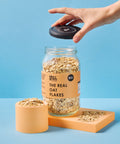
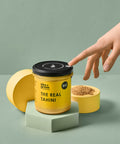

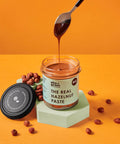
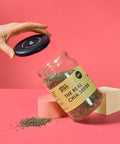
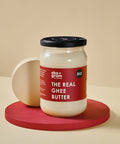
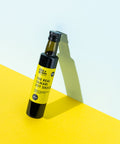
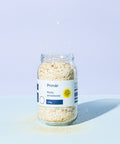


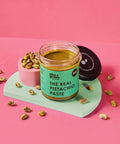
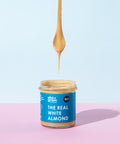
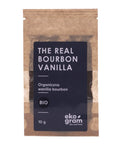
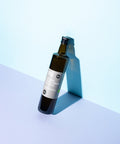


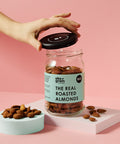


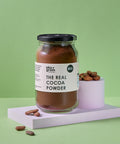




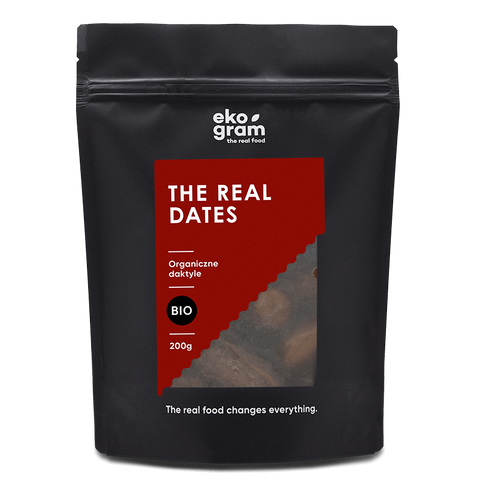

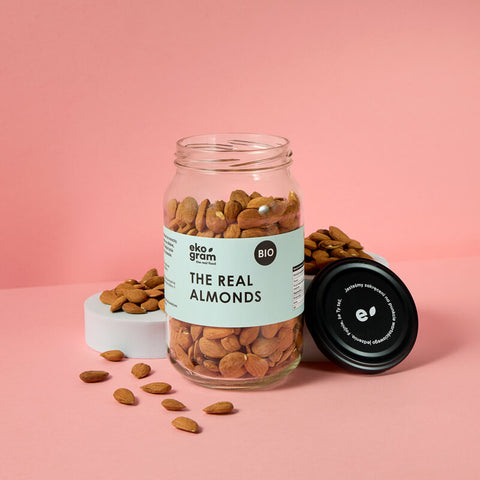
Comments (0)
There are no comments for this article. Be the first one to leave a message!